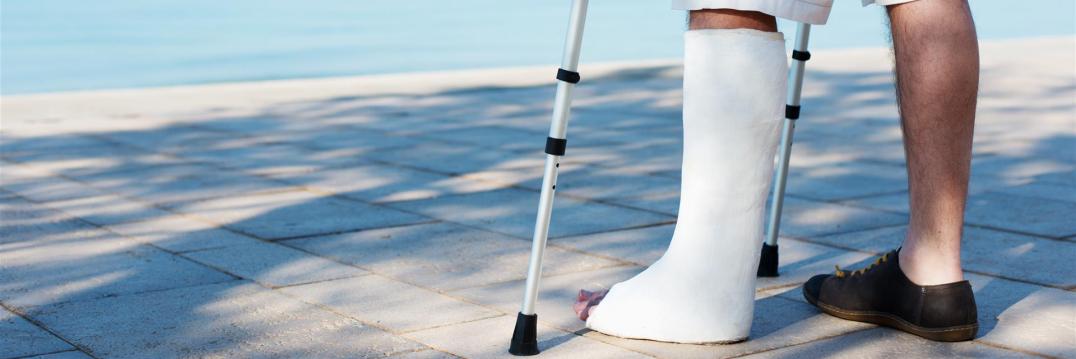You are here: Home » Diagnosis » Pain » Morbus Sudeck
Morbus Sudeck
Symptoms
Sensibility disorder
Unpleasant discomfort which typically appears on both sides and starts at the feet.
Tingling, numbness, burning
Coordination disorder
Disorder in the transmission pathway from proprioreceptors to the brain. These receptors are responsible for the sense of position. Patients are not able to walk straight with closed eyes.
Paralysis
Peripheral, atropical
Mostly symmetrically
Vegetative nervous system
Changes of the skin. Eg. over or underproduction of sweat
Disfunction of the Gaster, Intestine or bladder
Erectile disfunction
Limitation of Mydriasis (pupillary dilatation)
Triggers are usually injuries to the extremities, the disease occurs more often on the arms. This can include inflammation, surgery, too close a cast, fractures or compressions. Rarely it comes to a sudeck without external occasion. The occurrence does not depend on the severity of the injury.
In addition to local changes in the autonomic nervous system and the peripheral nerves, central processes are involved in the development. Indications for this are observations that the disease can also occur on the other half of the body.
Most symptoms are to be interpreted as an imbalance of the autonomic nervous system in favor of the sympathetic. It comes to vasoconstriction with the consequences for the blood circulation and supply.
Ultimately, no common cause has yet been found, and depending on disciplines, there are discussions as to whether the physical or mental component predominates.
Probably a CRPS (M.Sudeck) occurs less frequently after operations in regional anesthesia.
Proved is the effect of vitamin C (500 - 1,000mg daily for 50 days from the day of surgery). There is a reduction of the risk by 75%.
By the typical anamnesis and the evaluation of the symptoms we create the diagnosis. An acute herpes zoster infection can easily diagnosed by the blisters which appear at the supporting areas on the skin of the affected nerve. Only in rare cases the herpes viruses do not show any blisters (Herpes sin herpete). In the following we will directly initiate a treatment with virostatic agents.
After some time there is the possibility that neuropathic discomfort appears. The chances for this increases drastically if the infection is not treated with drugs. Compared to the polyneuropathy where nearly all nerves are affected the herpes zoster infection only affects a single nerve root. The most common symptom is a hypersensitivity at the affected skin area.
Blood examination
We can perform a blood examination in our medical office where we have a special look on:
Hemogram, blood- glucose level, HbA1, Vit. B, liver and kidney parameters, antibodies.
Decisive for a good therapy is the early diagnosis. In the late stage of the disease is expected to permanent damage. In case of doubt I recommend an early treatment, because the consequences of a too late treated Sudeck are more serious than possible side effects of his therapy.
Depending on how far the disease has progressed, different treatment options are possible:
- Physiotherapy: in the acute stage not on the affected limb, then required.
- Ergotherapy: especially mirror therapy. important element of therapy
- Medication: important cornerstone of therapy
- Blockades: targeted blockade of the excess sympatic with injections of local anesthetics
- Ketamine: possible in desperate cases


